Sensorless Brushless DC (BLDC) Motor Control
Outer Reef Technologies
Brushless DC motors or BLDC motors have the popular choice of motors these days and for a strong reason. They weigh less, are more compact, durable, and reliable than brushed DC motors. Moreover, BLDC motors are efficient and high-performing motors that deliver more torque and a wide speed range.
Hence, they are becoming so popular, especially in applications where compact and efficient motors are desired. Of course, BLDC motors need motor control solutions, and this is where sensorless BLDC motor control comes in.
There are also 'sensored 'BLDC motors that use Hall-effect sensors to determine the motor rotor's speed and detect its position with respect to the stator. However, for the purpose of this article, we will be focusing on 'sensorless' BLDC motor control.
Sensorless BLDC motor control is also known as sensorless trapezoidal control due to the trapezoidal voltage waveform of the motors’ phases. It utilizes back EMF to determine the speed and detect the position of the rotor with respect to the stator.
To activate the motor, current/voltage is passed through the windings.
However, brushless DC motors are quite similar to generators or dynamos; thus, they also produce their own voltage when activated. This excess voltage is known as back EMF, and it is proportional to the speed of the BLDC motor.
Sensorless brushless DC motor controllers can use this proportional back EMF to accurately determine the speed and position of the rotor without the need for any sensors.
However, controlling BLDC motors this way is a complex task and typically requires a digital signal processor, a microcontroller, or a dedicated driver IC.
Sensorless, brushless DC motor controllers use a closed-loop system to adjust the speed of the motor. They can also be left as they are in an open loop system.
The closed-loop motor controller in a BLDC motor can perform impressively accurate speed maintenance. However, they also dose performance in small diaphragm pumps or gear pumps since the precise measurement of back EMF can be used to accurately monitor speeds and count revolutions.
A back-EMF motor controller, like in closed-loop control, offers greater control and can also be used in applications where maintaining a fixed speed under a variable load is required. Moreover, sensorless BLDC motors and brushless DC motor controllers are less expensive than sensored BLDC motors.
Brushless DC motor controllers and motors are chosen with application in mind. Sometimes, sensored hall-effect brushless DC motor controllers are the preferred choice, and sometimes, sensorless BLDC motor control is preferred.
Whichever BLDC motors and motor control solutions you choose depend on your own requirements, and whether a particular system is right for you or not depends on your applications.
If you want to learn more about sensorless BLDC motor control, other brushless DC motor controllers, or you want BLDC motors and motor control solutions, please visit our website today.
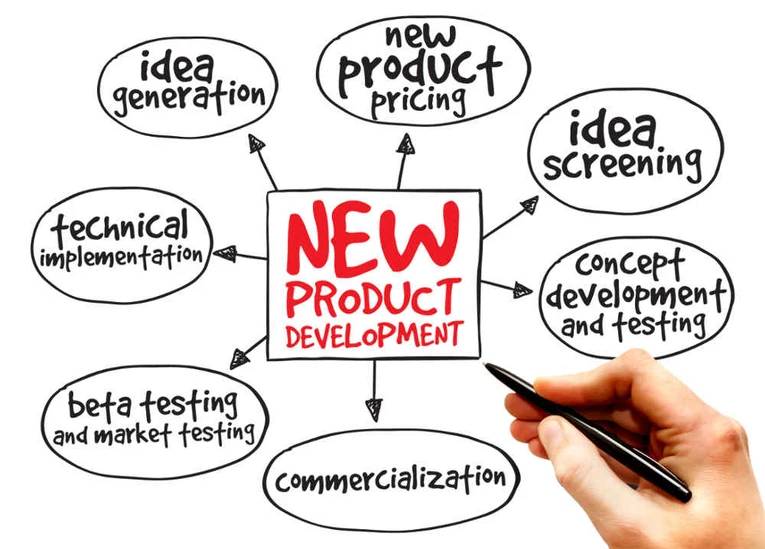


Product development services include but are not limited to; medical device development, robotics, electronics, firmware, software, mechanical design. Our team can help from initial concept through product launch and anywhere in-between.
Our team excels in understanding regulatory requirements for developing a thorough and cost effective plan, to meet your specific needs. We can assist in developing a quality management system for your company, guiding products through regulatory testing, and formal submissions such as FDA/EU/CE.
As we have many years of experience in new product development and prototypes we have transitioned over the years into also supporting our clients from production equivalent builds used for verification and validation to full production line support of complex electro-mechanical and optical assemblies.
A motor controller is a device that acts as an intermediary between motors, batteries, and the robot's microcontroller. A motor controller is essential because a typical microcontroller cannot provide much more than 0.1 Amps of current. The controllers receive voltage from the supply and transfer signals to the motor drives that are connected to the motors. They are effective in starting, stopping, and running motors in a systematic manner. They are used to control the motor's speed, reverse its rotational direction, or increase torque.
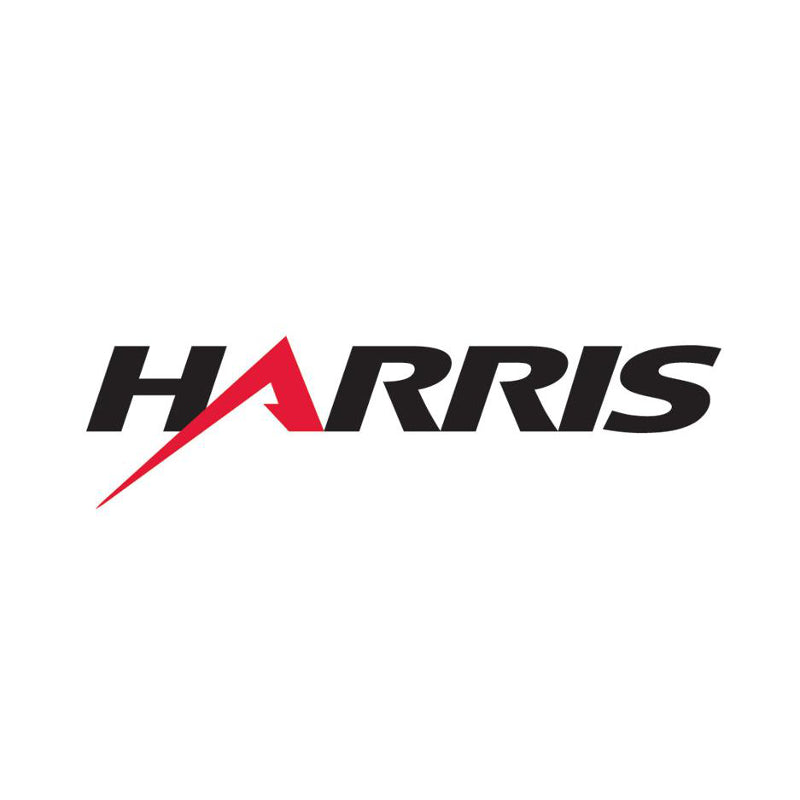



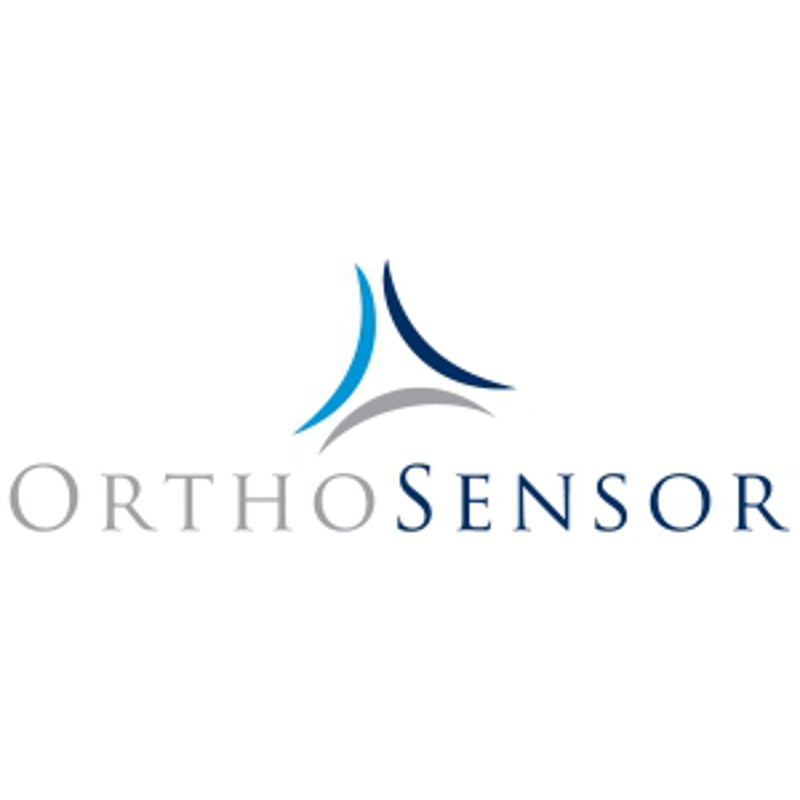
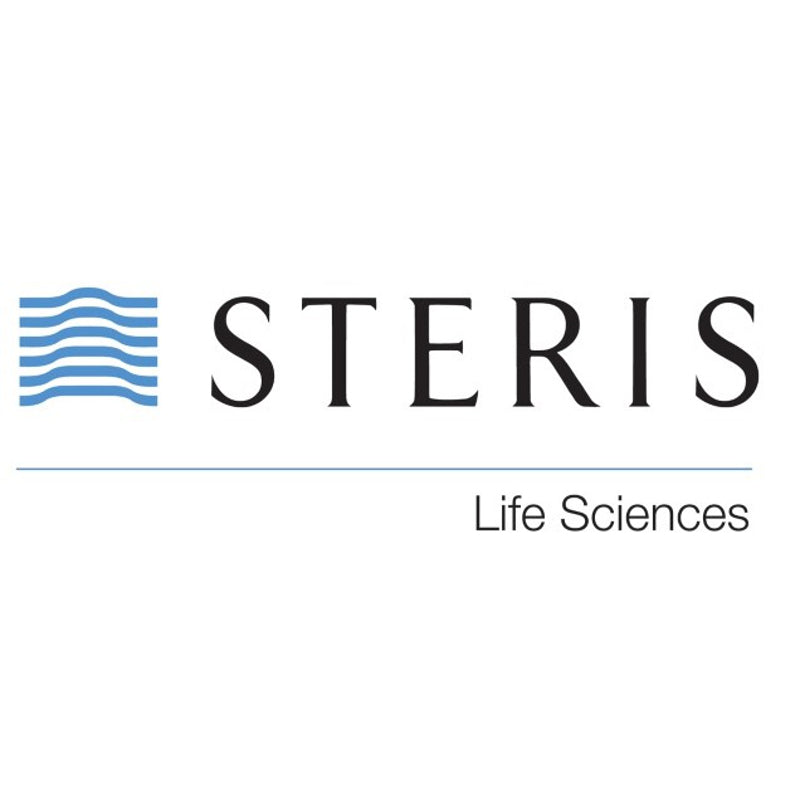
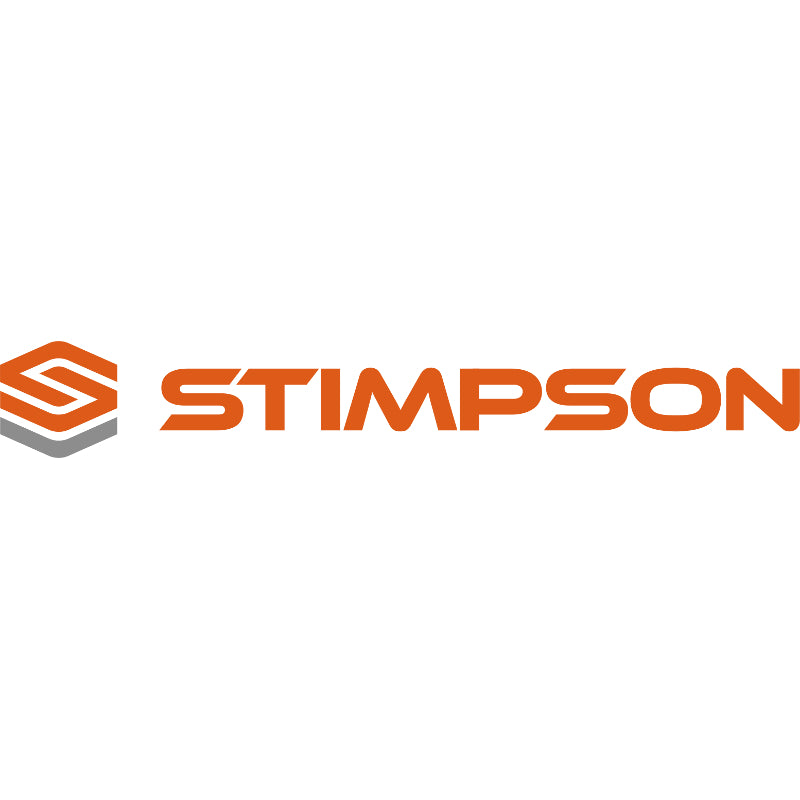
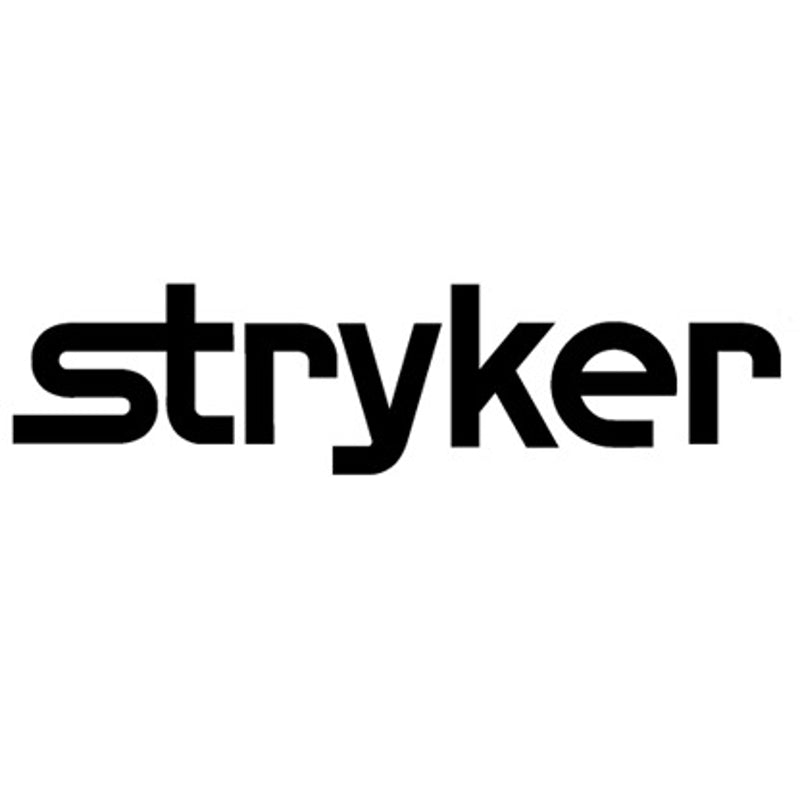

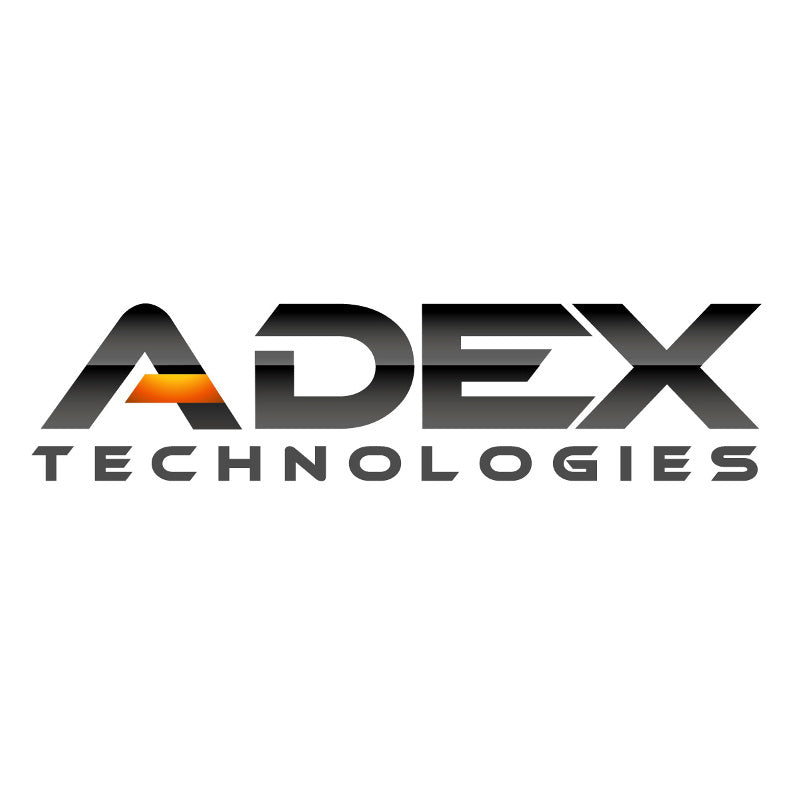

Thank you for you interest and we look forward to speaking with you! Call us directly to speak with one of our engineers or feel free to email us and we will contact you within 24 hrs to discuss your project needs.
